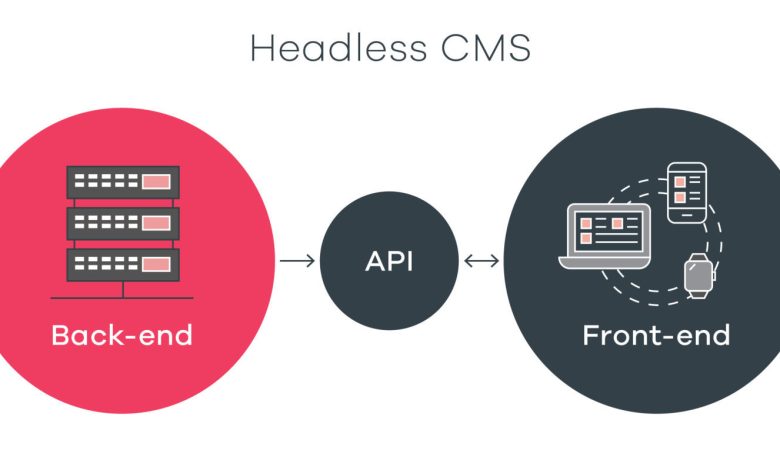Introduction to Headless CMS for Modern Websites

Content Management Systems (CMS) have powered the web for decades. Traditional CMS platforms like WordPress or Drupal handle both the content management and the frontend presentation.
But with the rise of modern frameworks, mobile apps, and multi-channel experiences, a new approach has emerged: the Headless CMS.
In this article, we’ll explain what a Headless CMS is, how it works, its advantages, and why it’s becoming a key tool in modern web development.
1. What is a Headless CMS?
- Traditional CMS: Manages both content (backend) and how it’s displayed (frontend).
- Headless CMS: Focuses only on managing and delivering content via APIs.
👉 “Headless” means it has no built-in frontend (“head”), leaving developers free to display the content wherever and however they want.
2. How Does a Headless CMS Work?
- Content creators manage content in the CMS.
- Content is delivered via APIs (REST or GraphQL).
- Developers fetch content into websites, apps, IoT devices, or even VR platforms.
Example flow:
- CMS (Contentful, Strapi) → API → Next.js Website → User.
3. Benefits of a Headless CMS
Flexibility
- Use the same content across multiple platforms: website, mobile app, smartwatch, etc.
Future-Proof
- New devices can be integrated without changing how content is managed.
Scalability
- Content delivery via APIs ensures high performance and scalability.
Faster Development
- Developers choose their own frontend frameworks (React, Vue, Angular).
Security
- No exposed frontend means fewer vulnerabilities.
4. Popular Headless CMS Options
- Contentful – Cloud-based, powerful API support.
- Strapi – Open-source, self-hosted option.
- Sanity – Flexible with real-time collaboration features.
- Ghost – Focused on content publishing.
- Prismic – Easy-to-use, integrates well with modern frameworks.
5. Headless CMS vs Traditional CMS
| Feature | Traditional CMS | Headless CMS |
|---|---|---|
| Frontend | Built-in templates | No frontend (API only) |
| Flexibility | Limited | Very high |
| Multi-Channel | Website only | Website, mobile, IoT, VR, etc. |
| Performance | Heavier, server-side rendering | Faster, CDN + API delivery |
6. Use Cases for Headless CMS
- E-Commerce: One product catalog across web, mobile, and kiosks.
- Media & Publishing: Centralized content distribution across multiple platforms.
- Corporate Sites: Easy scaling for multilingual, multi-region sites.
- Marketing Campaigns: Content reused across web and apps.
7. Challenges of Headless CMS
- Learning Curve: Developers need API knowledge.
- More Setup Work: Requires building a frontend from scratch.
- Content Previewing: Harder compared to traditional CMS like WordPress.
8. The Future of Headless CMS
With the increasing demand for multi-channel experiences and modern frameworks, Headless CMS adoption is rapidly growing.
As businesses move toward API-first architectures, Headless CMS will likely become the default choice for content management.
Conclusion
A Headless CMS offers the flexibility, scalability, and performance needed in today’s digital world. Unlike traditional CMS platforms, it separates content management from presentation, enabling developers to create seamless experiences across web, mobile, and beyond.
For developers and businesses aiming to stay ahead, embracing a Headless CMS is not just a trend—it’s the future of content management.

